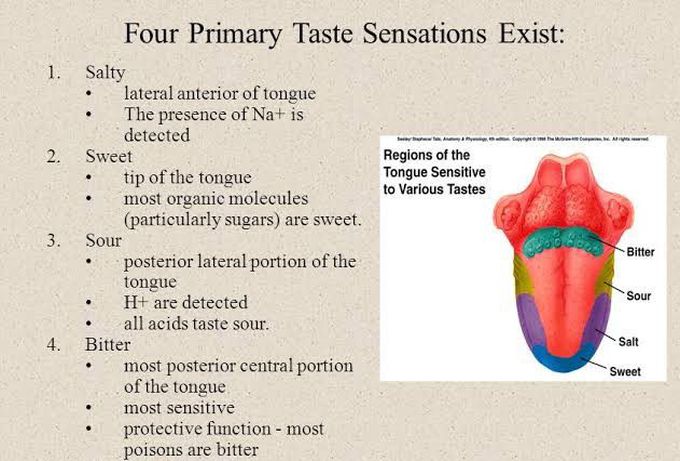
about 6 years ago
The tongue has receptors for umami substances. The surface of the tongue has three types of taste papillae, and each papilla has taste buds. ... The human tongue has mechanisms to detect the basic tastes of sweet, sour, salty, bitter, and umami, and transmits information regarding taste to taste nerves.
about 6 years ago
People taste umami through taste receptors that typically respond to glutamates, which are widely present in meat broths and fermented products and commonly added to some foods in the form of monosodium glutamate (MSG) and others.[5] Since umami has its own receptors rather than arising out of a combination of the traditionally
Other commentsSign in to post comments. You don't have an account? Sign up now!


